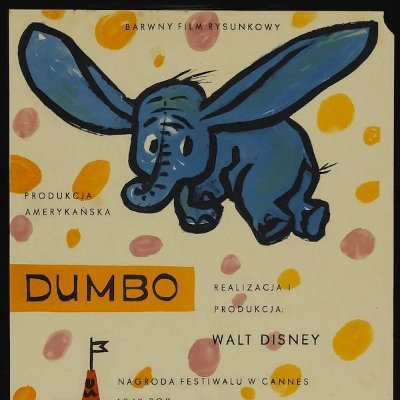We posted not long ago illustrations of Evgeny Galey for "Adventures of Cipollino" written by Gianni Rodari in 1951. Later Galey did as well a series of lovely postcards in 1956. #soviet #sovietart
"Tale of Cipollino" written by Gianni Rodari in 1957 and illustrated by Evgeny Galey in 1960 is a children's tale about political oppression. In a world inhabited by anthropomorphic produce, Cipollino, a little onion boy, fights unjust treatment. #wyrdwednesday
"Tale of Cipollino" by Gianni Rodari and illustrated by Evgeny Galey. Cipollino fights the fruit royalty Prince Lemon and the Lord Tomato in the garden kingdom. The struggle of the underclass against the powerful, good versus evil, and the importance of friendship. #wyrdwednesday
"Tale of Cipollino" by Gianni Rodari and illustrated by Evgeny Galey in 1960 is a children's tale about political oppression.
In a world inhabited by anthropomorphic produce, Cipollino fights the unjust treatment of his fellow vegetable townsfolk. #wyrdwednesday
The cave grandfathers. 1910 Kudasheva/Lozhkin. Chu! Suddenly the window thumped quietly and the cave grandfathers came . . . love that translation. An illustrated poem for children.
The dragons are getting up, and they are hungry #faustianfriday - painter Victor Vasnetsov (1846-1926) is a founder of Russian folklorist and romantic nationalist painting. With a pre-rapahelite eye, harnessing photographic information in paint, to medieval story, a heroic past.
"Your Machine Friends" written by N. Agnitsev and illustrated by A. Efimov in 1926. Get machine friends instead of pets! #soviet
"The Adventures of Travka" a play by Sergei Rozanov illustrated by Andrey Brey in 1936. #soviet #sovietart
Goddess Diana transformed a young shepard’s eyes into carnations, because he was staring at her. Since then, it is a symbol of rebellion and the eternal pursuit of the ideal. Carnation became the emblem of international women's movement and soviet revolution. #mythologymonday
"Kitchen" written by Osip Mandelstam and illustrated by Vladimir Izenberg in 1926. #soviet #sovietart




















